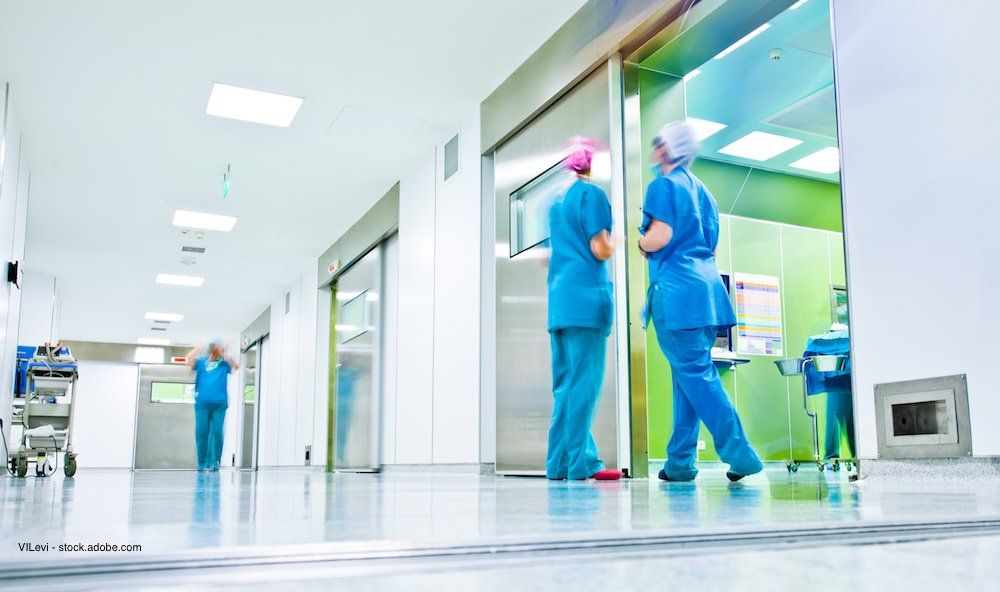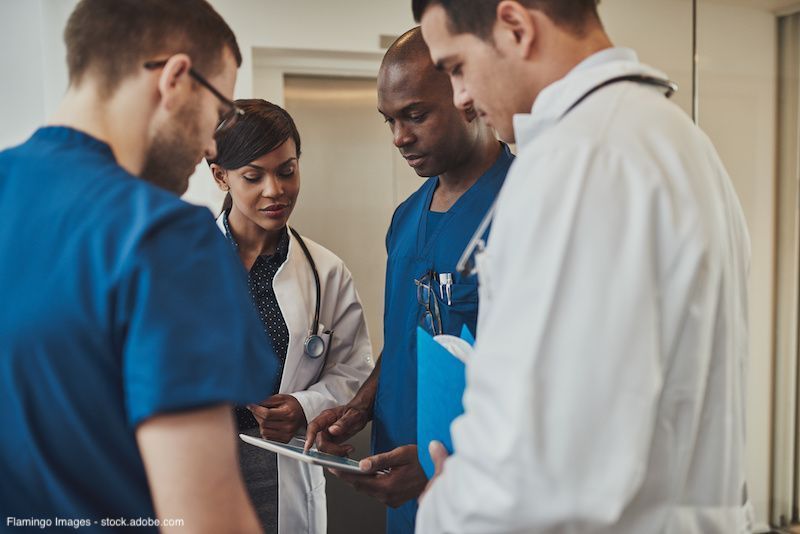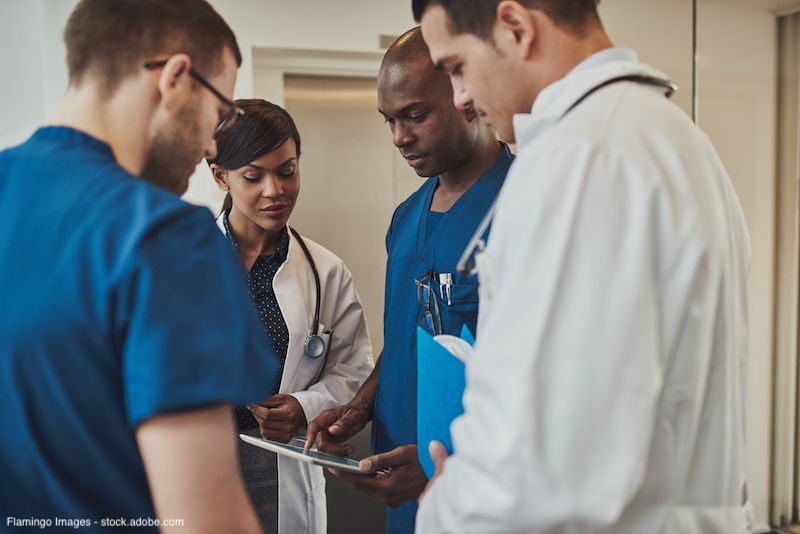Publication
Article
Urology Times Journal
Addressing dangers in the OR starts with education
Author(s):
Injury stemming from awkward maneuvers and equipment can and should be prevented, says Henry Rosevear, MD.
VILevi - stock.adobe.com


Dr. Rosevear is a urologist in community practice in Colorado Springs, CO. Urology Times blogs present opinions, advice, and news from urologists and other urology professionals. Opinions expressed by bloggers are their own, and do not necessarily reflect the views of Urology Times or its parent company, MJH Life Sciences.
It started as a tightening of my lower back, sort of a twinge. I had been helping move a patient from the transport bed to the operating room bed. It was something I’ve done countless times. I reached over the operating room table to pull the patient over that incredibly firm and uncomfortable roller board we use when it happened. I didn’t think much of it at the time, finished the case, and went about my normal day.
Related - Survey: 90% of urologists experience work-related pain
By that night, my back hurt and by the following day (thankfully a Saturday), I couldn’t even stand up straight. I tried anti-inflammatories and even borrowed my wife’s TENS unit. By Monday, while I was in no shape to do anything terribly physical, I was on the mend.
I was lucky. According to the World Health Organization, the lifetime prevalence of significant back pain is 70% with a 5% per year incidence. The incidence of this injury peaks between the ages of 35 and 55. Further, low back pain is the number one cause of activity limitation and work absence, according to WHO. Back injuries are real and not easy to fix.
Consider all of the maneuvers we do in the operating room: awkward positions, lifting objects above the waist, standing in one position for long periods of time, rotating the torso while bearing weight, wearing heavy lead, adding weight to our neck in the form of loupes or operating lights, pulling patients up in a bed, or as in my case, repositioning a patient.
Last year, an article in JAMA Surgery (2018; 153[2]:e174947) looked at the prevalence of work-related musculoskeletal disorders and found that the incidence of these injuries was much higher in surgeons than in other physicians. The authors found that among surgeons, the risk of degenerative cervical disease and degenerative lumbar disease was 17% and 19%, respectively. Rotator cuff pathology and carpal tunnel syndrome were also abnormally high at 18% and 9%, respectively.
These injuries resulted in 12% of surgeons requiring a leave of absence or a practice modification. These are incredibly high numbers.
Next: What can urologists do?What can urologists do?
What can you do? Protect yourself. All surgeons need to be educated on the dangers associated with what we do. Proper technique when moving patients, including the use of mechanical aids, is vital. Minimizing the use of lead gowns with judicial use of radiation cannot be understated. Exercising to strengthen your core and maximize internal support has been shown to decrease the risk of low back disease.
Also see: Practicing urology takes physical toll
This education needs to happen before the injury and should likely start at the resident or even medical school level. If you wait until your back hurts, you’ve waited too long.
But it’s worse than you think. As surgeons, not only do we expose ourselves to musculoskeletal disorders, we face additional personal risks we need to monitor and mitigate. Take needle sticks, for example. While most surgeons are vaccinated against hepatitis B, as we know, there are no vaccines available for numerous other pathogens such as hepatitis C and HIV. It has also been shown that surgeons tend to have poor compliance with universal precaution procedures (Ann R Coll Surg Engl 2009; 91:430-2).
Worse, we tend to be poorly complaint with reporting our injuries. Simple maneuvers such as double gloving can significantly reduce the risk of disease transmission from exposure, an Infection ControlToday article explains. As we all know, the problem with double gloving is the change in tactile sensation. However, studies have shown that this change, while real, can be overcome with time and training (J Hosp Infect 1995; 30:305-8). Again, education is key and while it may be challenging to convince the current cohort of surgeons to change their gloves, there is no reason why all residents shouldn’t be trained to use double gloves.
Protect your skin
There is more to skin protection than simply wearing gloves. Frequent scrubbing and other hand hygiene tends to dry out skin, and that problem is made worse by prolonged periods of occlusion from gloves. Why is that a problem? It can lead to dry, cracked skin, which increases the risk of pathogen transmission. Routine use of a moisturizer should be considered; if your operating room doesn’t offer access to one, ask. When you consider moisturizer use as a way to protect yourself against bloodborne pathogens, even the toughest of surgeons may start using it.
But wait, there’s more. Intraoperative imaging is key to safely performing many of the procedures we do. Unfortunately, as Marie Curie learned many years ago, uncontrolled exposure to radiation can have detrimental effects. We all know common techniques to reduce exposure such as distance, shielding, and dose reduction, but how much risk is there? A recent study that prospectively measured radiation exposure during more than 100 common urologic procedures found that surgeons’ exposure during any one case was less than 1/100th of the maximum permissible dose (J Urol 2014; 191:e109, abs. MP12-10). While that is good news, for those of us who tend to do a lot of fluoroscopy-intense procedures, individual doses can add up over years.
No one is advocating that we stop operating, and some of the risks discussed here cannot be modified. But steps are available to minimize these risks, and education regarding the dangers we face on a daily basis is the first step to preventing the problem.






















